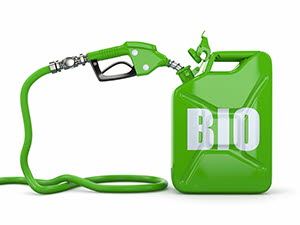The hydrogen evolving cathode catalyses the long term stable reduction of protons to hydrogen. Traditionally, platinum has been used for this purpose; however, it is clear that the elimination of platinum based cathodes is imperative for successful introduction of PEC as a mainstream provider of
hydrogen. The current project aims to increase the overall efficiency and economy of cathodes for PEC significantly using hydrogenase enzymes as biocatalysts for the reduction of protons to hydrogen. The hydrogenase-based cathode in the proposed bio-hybrid PEC cell will be combined with an improved nanocomposite photoanode capable of absorbing photons in both the UV- and visible part of the solar spectrum. The electrodes will be applied in novel robust PEC cells for H2 production based on green chemistry. The project is a collaboration between Oslo University Hospital, the University of Oslo, and SINTEF. It runs for 3 years and recruits and trains two post-doc researchers.
Hydrogen anses som et bærekraftig alternativ for transport og for lagring av overskudd av fornybar energi for strømnettet. Prosjektet undersøker bio-hybride fotoelektrokjemiske celler med modifiserte hydrogenase enzymer som katalysatorer for lokal produksjon av hydrogen fra sollys og vann.
Hydrogenelektroden skal katalysere reduksjonen av protoner til hydrogen. Tradisjonelt har man brukt platina til dette, men platina bør erstattes med alternative katalysatorer hvis teknologien skal bli konkurransedyktig. Prosjektet vil bidra til å øke effektiviteten av katoder for fotoelektrokjemiske celler for vannsplitting ved å bruke hydrogenase enzymer som biokatalysatorer for reduksjonen av protoner til hydrogen.Katoden i denne bio-hybride cellen vil bli kombinert med en forbedret nanokompositt fotoanode som kan absorbere og utnytte fotoner i både den ultrafiolette (UV) og synlige delen av sol-spekteret. Elektrodene vil bli implementert i en ny type robuste fotoelektrokjemiske celler for H2 produksjon basert på grønn kjemi. Prosjektet er et samarbeid mellom Oslo Universitetssykehus, Universitetet i Oslo og SINTEF. Det går over 3 år og rekrutterer og utdanner to post-doc forskere.

Partners.
- Oslo University Hospital
- SINTEF
